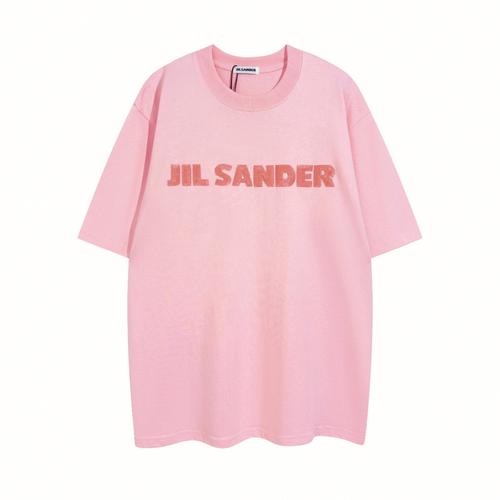British style clothing fabrics usually use traditional weaving techniques. The following are some common production techniques:
1. Twill: British style clothing fabrics One of the common weaving techniques is twill. Twill fabric is formed with lines that intersect at a 45-degree angle, with an obvious diagonal texture. This weaving process makes the fabric stronger and more durable, and can show a classic British style.
2. Plaid: Plaid is also a common weaving process for British-style clothing fabrics. Plaid is a checkered pattern made of interlaced vertical and horizontal lines, usually made of woolen or cotton fabrics. Plaid fabrics are often used in the production of suits, skirts, shirts and other clothing, reflecting the elegance and meticulousness of British style.
3. Suede: Suede fabric is also one of the common fabrics in British style clothing. Suede is produced by brushing the fibers on the surface of the fabric to create a soft, plush texture. This weaving process is often used to make sweaters, coats, jackets and other clothing, giving people a comfortable and warm feeling.
4. Silk: High-quality silk fabrics are often used in British-style clothing fabrics. Real silk is made from silk threads extracted from silkworm cocoons and is produced through a delicate weaving process. This high-quality fabric has a lustrous, silky feel and is often used to make shirts, dresses and other garments, reflecting sophistication and elegance.
5. Wool: Wool is also one of the common fabrics for British-style clothing. Wool fabrics are often made using fine weaving techniques and are warm, breathable and soft. It is often used to make suits, suits, sweaters, etc., showing the fashion and classic British style.
In general, the weaving techniques of British-style clothing fabrics are diverse. Different fabrics and weaving techniques can be used to create different clothing effects and show the British style. The unique charm of style. The choice of production process also needs to be considered based on the characteristics of the fabric and the required comfort, gloss, etc., to ensure the quality and comfort of the clothing.





